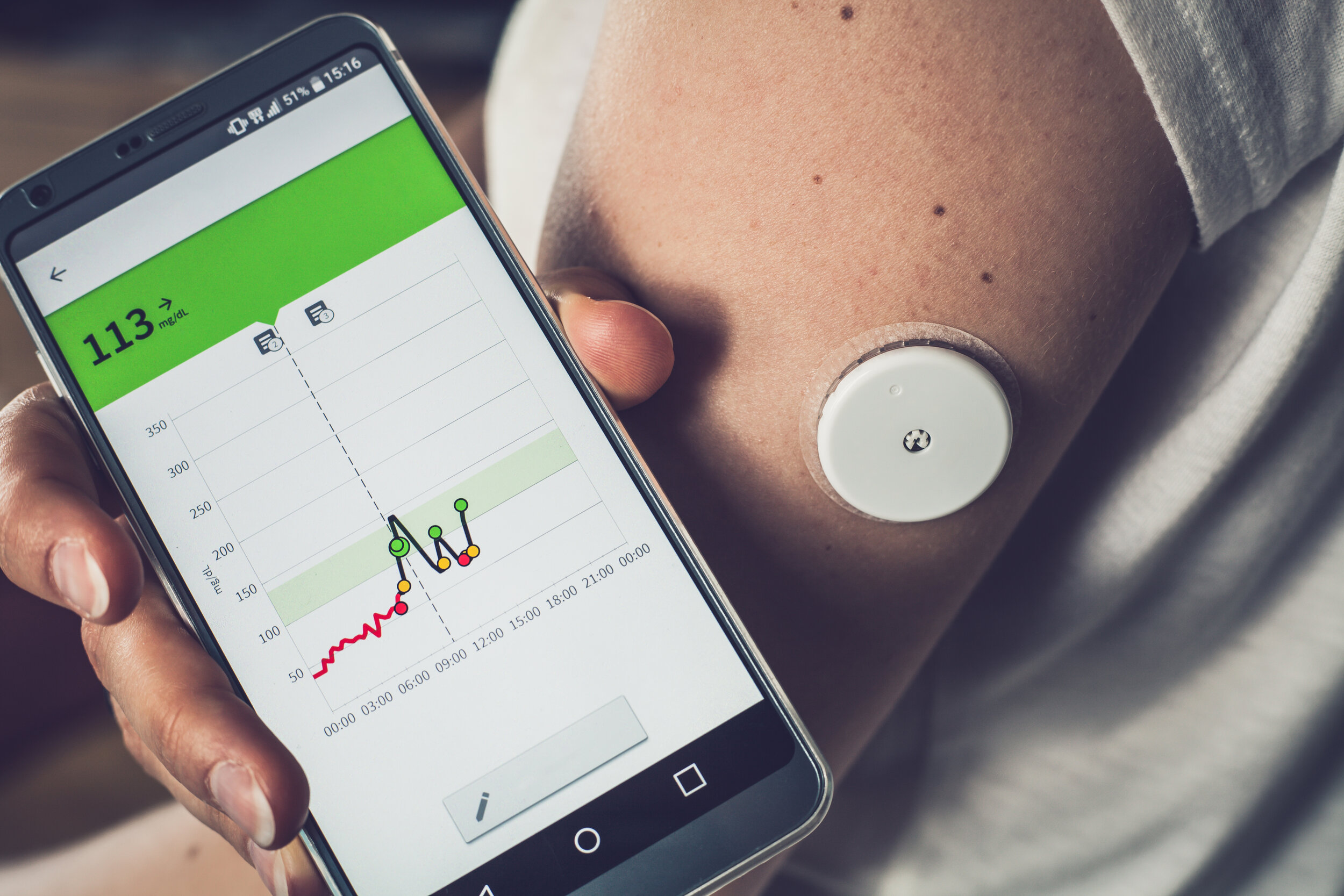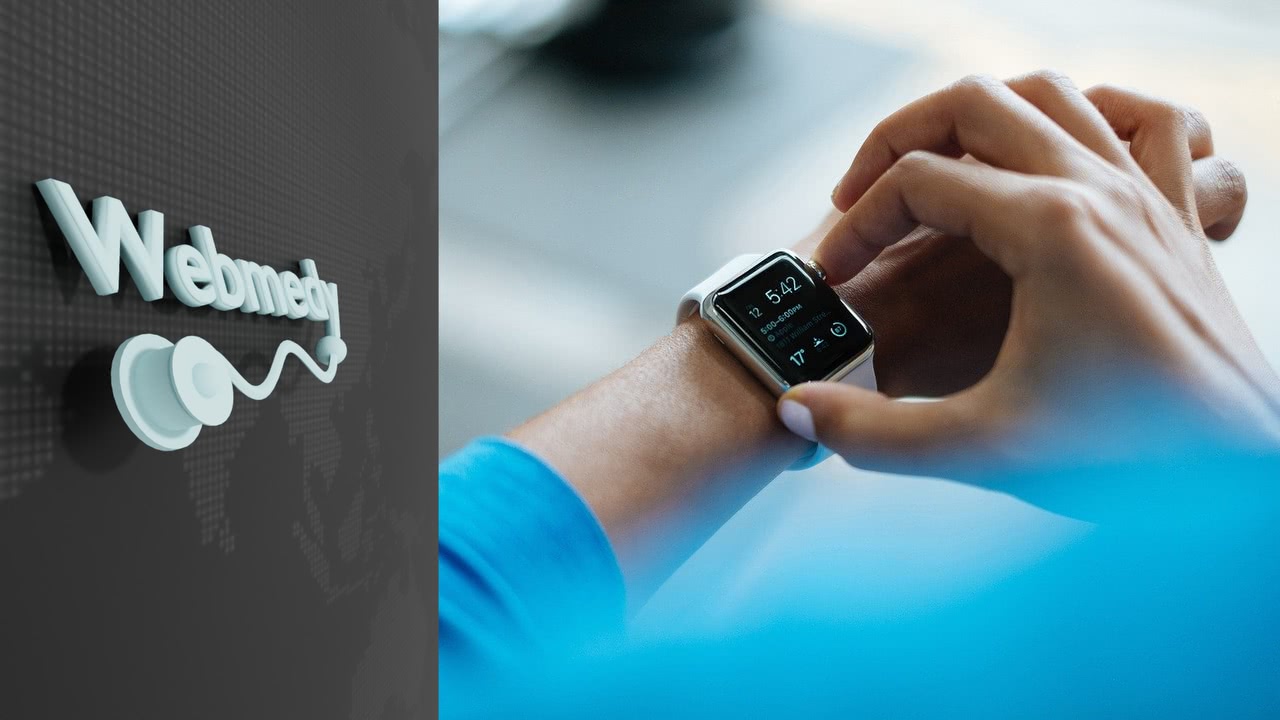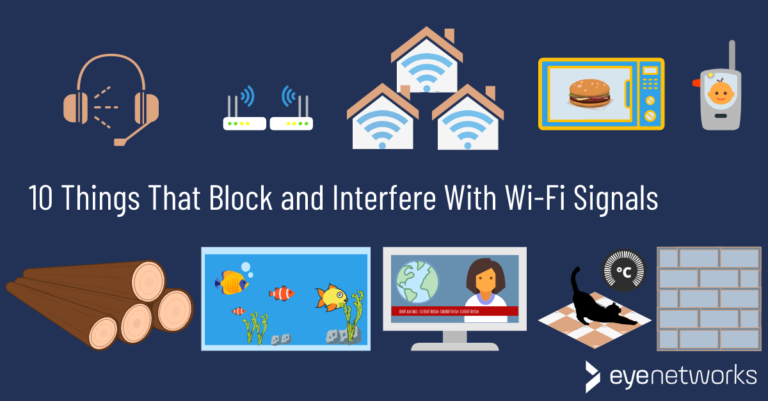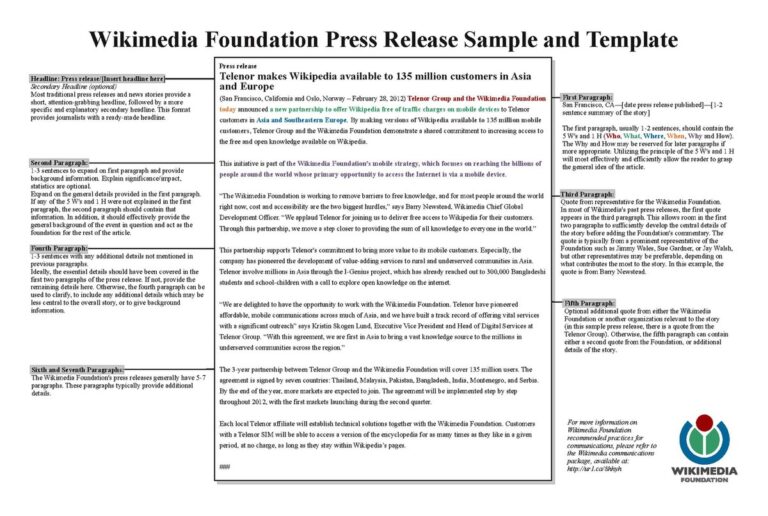How Will Wearable Technology Reshape The Capability To Care For Patients Remotely?
Wearable technology is transforming the way healthcare is delivered and managed, with an emphasis on providing patients with greater autonomy and convenience. By leveraging smart sensors and monitoring devices, wearable technology has the potential to allow healthcare providers to remotely monitor vital signs and health data, allowing them to provide better care for their patients without the need for direct physical contact. This technology could also enable remote patient monitoring for chronic conditions such as diabetes, hypertension, and heart disease, allowing healthcare providers to detect early signs of complications and intervene before they become more serious. Wearable technology could also provide healthcare providers with better insights into the patient’s wellbeing, enabling them to make more informed decisions about their care. Ultimately, wearable technology has the potential to reshape the capability to care for patients remotely, allowing healthcare providers to provide better care with greater convenience and accuracy.
Definition and Overview of Wearable Technology
Wearable technology is a rapidly growing sector of the tech industry, with developments ranging from smart glasses to fitness trackers to virtual reality headsets. It is an umbrella term for any device that can be worn on the body, such as watches, glasses, clothing, and jewelry. These devices are designed to be worn while performing everyday activities, and can be used to monitor and collect data about a person’s health, fitness, and lifestyle. Wearable technology allows users to monitor their health and wellbeing in real-time, as well as providing access to personalized guidance and feedback.
In the healthcare industry, wearable technology is being increasingly used to remotely monitor patients, allowing for improved patient care and disease management. This technology is allowing healthcare providers to monitor patient data in real-time, allowing for quicker and more informed diagnosis and treatment. By providing healthcare professionals with a more holistic view of a patient’s health, wearable technology is revolutionizing patient care.
The capability of wearable technology to remotely monitor patients is providing healthcare providers with a number of advantages. By customizing the data that is collected, healthcare providers are able to gain a better understanding of a patient’s condition and respond more quickly to any changes in the patient’s health. Additionally, wearable technology is enabling healthcare providers to monitor multiple patients at the same time, improving the efficiency of care.
The potential of wearable technology to revolutionize the way healthcare providers are able to care for patients remotely is immense. By tracking patient data in real-time, healthcare providers are able to provide quicker and more informed care. In the future, this technology will be instrumental in reducing healthcare costs, improving patient outcomes, and providing better healthcare access to those in need.
Benefits of Wearable Technology in Healthcare
Wearable technology in healthcare has the potential to revolutionize the way healthcare is provided and received. By leveraging the latest technological advances, healthcare providers can access and analyze patient data in real-time, giving them the ability to make more informed decisions and provide better care. Wearable technology can also be used to monitor patients remotely, allowing providers to keep track of their health status even when they are not in the office. In addition, wearable technology can be used to promote healthy behaviors in patients, such as encouraging exercise and proper nutrition. Finally, wearable technology can be used to provide real-time feedback to both patients and providers, helping to ensure that the best possible care is being given. All of these benefits make wearable technology a valuable tool in the healthcare industry, and one that is sure to reshape the way healthcare is provided in the future.
Limitations of Wearable Technology in Healthcare
Wearable technology in healthcare is an exciting new development that promises tremendous possibilities for improved patient care. However, there are some limitations that could prevent the full potential of this technology from being realized. For example, although these devices can monitor vital signs and provide real-time data, they may not be able to detect subtle changes in a patient’s condition that require medical attention. Additionally, the accuracy of the data they collect is still in question, as is the reliability of the devices themselves. Moreover, the privacy of the patient’s data is also a concern, as these devices are often connected to the internet and could potentially be hacked. Finally, the cost of these devices could be prohibitive for many healthcare systems, making them inaccessible to a large portion of the population. Despite these drawbacks, wearable technology still represents an exciting opportunity for improved healthcare delivery and patient care. By addressing the issues mentioned above, this technology could revolutionize the way we provide care for patients remotely.

Examples of Wearable Technology in Remote Patient Care
Wearable technology has become increasingly popular in recent years due to its potential to provide valuable insights into patient health and wellbeing. Wearable devices can monitor vital signs, such as heart rate and temperature, as well as provide real-time data about activity levels, sleep patterns, and emotional states. With the rise of remote patient care, wearable technology can play an important role in providing comprehensive care for patients who are unable to attend a medical facility.
In remote patient care, wearable technology can provide doctors with data about a patient’s current state which can be used to adjust medication, monitor progress, detect changes in health, and provide timely interventions if necessary. Wearable devices can also be used to monitor health conditions that require frequent adjustments such as diabetes or asthma. By providing real-time feedback, wearable technology can help medical professionals adjust treatments and medications in response to a patient’s current state, thus reducing the risk of complications and helping to ensure the best possible outcome.
Wearable technology also has the potential to revolutionize the way medical professionals are able to monitor and treat their patients. Wearable devices can be used to provide remote monitoring of a patient’s health, allowing medical professionals to keep track of a patient’s condition from a distance. This technology can also be used to provide timely interventions by alerting medical professionals when a patient’s health is deteriorating or when certain thresholds have been reached.
The use of wearable technology in remote patient care has the potential to revolutionize the way medical professionals provide care to their patients. By providing valuable insights into a patient’s health, wearable technology can help medical professionals adjust treatments in response to a patient’s current state, monitor progress, and provide timely interventions when necessary. Wearable technology can also be used to provide remote monitoring of a patient’s health, thus improving the quality of care and ensuring the best possible outcome for patients.
Potential of Wearable Technology in Remote Patient Care
Wearable technology has been making great strides in the healthcare industry, and its potential for remote patient care is increasingly becoming more evident. Wearable technology allows healthcare providers to monitor patients in real-time and remotely, enabling them to provide the best possible care without physically being with the patient. Wearable technology has the potential to improve patient outcomes, reduce costs, and revolutionize the delivery of healthcare.
Wearable technology can provide remote patient monitoring and support by collecting and transmitting vital health data such as heart rate, blood pressure, and blood glucose levels. This data can be monitored remotely by healthcare providers, allowing them to respond quickly and accurately to any changes in the patient’s condition. Wearable technology can also be used to provide reminders to patients to take their medications or to attend medical appointments.
Wearable technology also has the potential to improve patient engagement. For instance, it can be used to provide educational materials to the patient, allowing them to better understand their condition and stay informed on the latest treatments and therapies. Additionally, wearable technology can be used to provide patients with reminders to exercise and to keep track of their physical activity levels.
The potential of wearable technology in remote patient care is vast and limitless. By leveraging the power of these devices, healthcare providers can provide better care and improved patient outcomes. With these advancements, healthcare providers can revolutionize the delivery of healthcare and give patients the best possible care experience, no matter where they are.
Conclusion and Next Steps
In conclusion, wearable technology is set to revolutionize the healthcare industry, allowing for remote patient care and providing a more accurate and personalized approach to healthcare. As the technology continues to develop, we can expect to see more in the way of innovative solutions that will help to improve the quality of life for patients. With the increased accuracy of data collection, it will also be possible to identify more accurately the factors that may be contributing to an individual’s health. This, in turn, could lead to more effective treatments and preventative measures, ultimately resulting in better healthcare outcomes.
However, for now, there are still a number of challenges that need to be addressed in order to fully realize the potential of wearable technology. For example, data privacy and security concerns need to be addressed, and more effective methods of data transmission need to be developed. Additionally, it is important to ensure that the technology is user-friendly and accessible to all.
The next step for healthcare providers is to start exploring the possibilities of wearable technology and to start developing innovative solutions that can be implemented to improve patient care. The potential of this technology is enormous and as such, it is essential that healthcare providers are prepared to take advantage of it. With the right approach, wearable technology can provide a more personalized approach to healthcare and improve the quality of life for patients.
FAQs About the How Will Wearable Technology Reshape The Capability To Care For Patients Remotely?
1. What type of Wearable Technology is available for patient care?
Answer: Wearable technology for patient care can range from fitness trackers to smart watches, smart glasses, and even medical-grade wearables. These devices are typically used to track vital signs, monitor medication adherence, and enable remote patient monitoring.
2. How will Wearable Technology aid in remote patient care?
Answer: Wearable technology can be used to collect data on a patient’s health in real-time, enabling remote patient monitoring and care. This data can be used to detect changes in vital signs, track medication adherence, and alert healthcare providers to potential issues. This can allow healthcare professionals to provide more targeted treatment and care to patients, even if they are located remotely.
3. How secure is Wearable Technology for remote patient care?
Answer: Wearable technology for patient care is highly secure, as it typically collects data over secure networks and is encrypted to protect patient data. Additionally, many wearables are FDA-approved, ensuring they meet all applicable safety and security requirements.
Conclusion
Wearable technology has the potential to revolutionize the way we provide care to patients remotely. With its ability to accurately monitor vital signs and provide real-time data about a patient’s condition, it can provide valuable insights that can help medical professionals make informed decisions. Wearable technology also has the potential to provide remote care to patients in remote locations, which can help reduce healthcare costs and improve access to care. Wearable technology will not only reshape the capability to care for patients remotely, but it will also improve the quality of the care that is provided.


